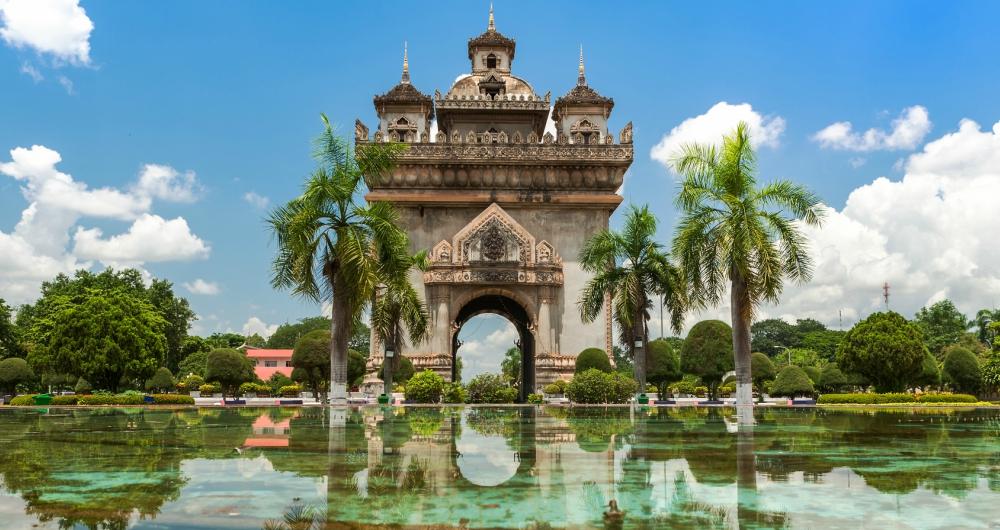Looking for a peaceful, off-the-beaten-path adventure in Southeast Asia? Head to Laos! Known for its slow pace, Buddhist culture, and stunning landscapes, Laos offers ancient temples, waterfalls, river cruises, and warm hospitality. It’s a hidden gem for backpackers, culture seekers, and nature lovers alike.
Best Time to Visit
The best time to visit Laos is from November to March, during the dry season. The weather is cooler and ideal for hiking, river travel, and exploring cities like Luang Prabang or Vientiane. The wet season (May–October) brings lush greenery and fewer tourists.
How to Get There
- By Plane: International airports in Vientiane (Wattay), Luang Prabang, and Pakse offer flights from Thailand, Vietnam, Cambodia, China, and beyond.
- By Land: Overland crossings are possible from Thailand, Vietnam, Cambodia, and China. Popular entry points include the Thai-Lao Friendship Bridge near Nong Khai.
- By River: Mekong River cruises and slow boats operate between northern Thailand and Luang Prabang, offering scenic multi-day journeys.
Where to Stay
- Maison Dalabua (Luang Prabang) – Tranquil boutique hotel surrounded by lotus ponds, just a short walk from the Old Town.
- Riverside Boutique Resort (Vang Vieng) – Stylish rooms with views of karst mountains and access to adventure tours.
- La Seine Hotel (Vientiane) – Elegant riverside stay in the capital with French colonial flair and modern comfort.
Top Attractions
⮕ Island-Hop and Unwind in the Laid-Back 4,000 Islands (Si Phan Don)
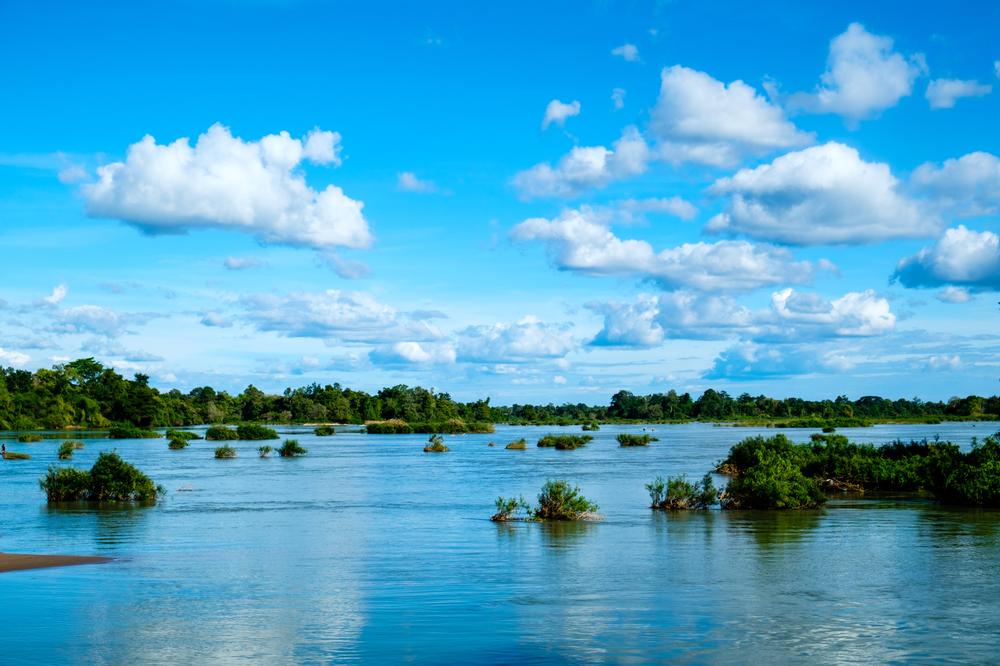
© Courtesy of Vincent - Fotolia.com
The Mekong River is home to the 4,000 Islands, also called the Si Phan Don, which vary in size from that of a large town to being no bigger than an impressively sized boulder. The islands of Don Dhet and Don Khong, at the southern end of the archipelago near the border of Cambodia, are two of the most popular islands for visitors and contain several bars and restaurants. The waters of the Mekong River are the habitat of the rare Irrawaddy dolphin, which is easily identified by its bulging head and can often be spotted around the 4,000 Islands. Some of the islands in this archipelago are completely uninhabited and have been untouched by humans for decades.
⮕ Explore Pristine Nature and the Gibbon Experience in Bokeo Province
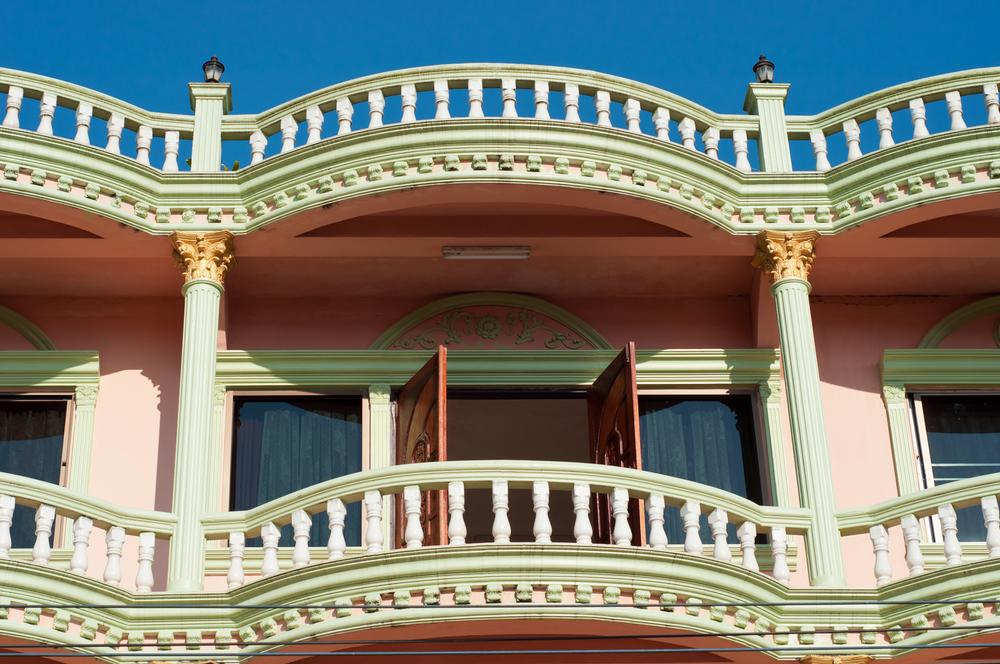
© Courtesy of ligados - Fotolia.com
Bokeo is the smallest province in Laos and borders both Thailand and Myanmar. It is a very diverse but sparsely populated province, and is well known for its position in the gold and gem mining industry. Visitors to Bokeo can stay in Huay Xai, the capital city of the province, where they will find old temples and quaint villages, but Bokeo also offers a fantastic peek at some stunning natural rainforests, which visitors can see from the unique treehouses located above the green canopies. From here, tourists can spend a night in the wilderness, zipline through the trees, or walk the swinging rope bridges that connect the houses.
If you are a photographer:
⮕ Tour Waterfalls and Coffee Plantations on the Bolaven Plateau
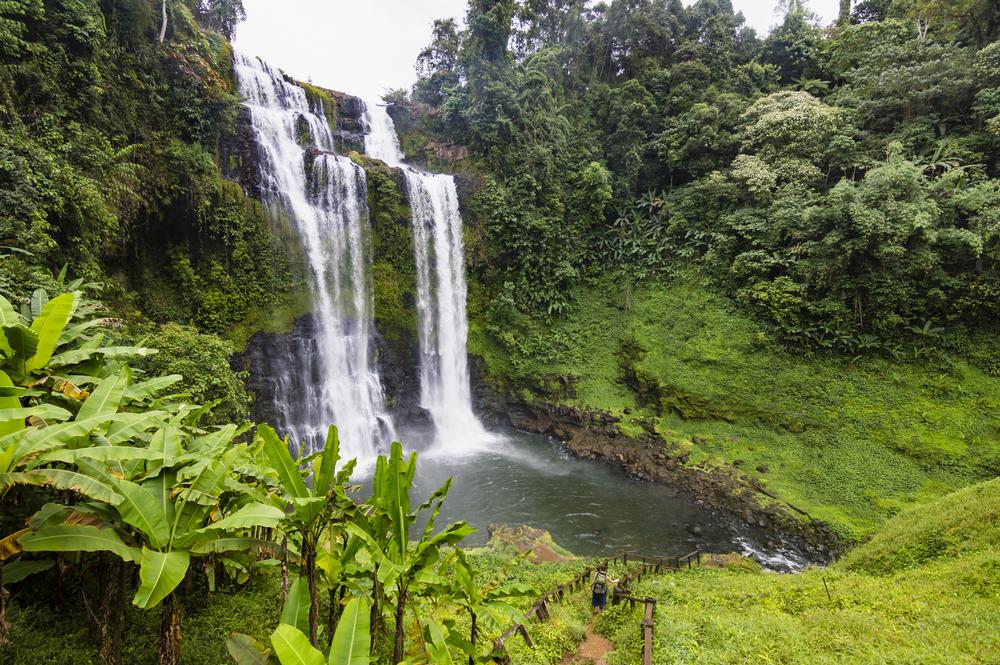
© Courtesy of andrii_lutsyk - Fotolia.com
The
Bolaven Plateau is a beautiful part of Laos, with an elevation of over 3,300 feet above sea level. Located in southern Laos, the Bolaven Plateau has a very mild climate compared to the rest of the country and is a center for agriculture, with lots of large farms that produce tea and coffee, two of Laos’ largest exports. The Bolaven Plateau is also home to some stunning nature, including some of the most magnificent waterfalls in Laos. Tad Fane marks the convergence of two rivers with a spectacular drop of almost 400 feet and is one of the most dramatic and beautiful waterfalls in southeast Asia.
Romantic Ideas:
⮕ Cool Off and Snap Photos at the Stunning Kuang Si Waterfalls
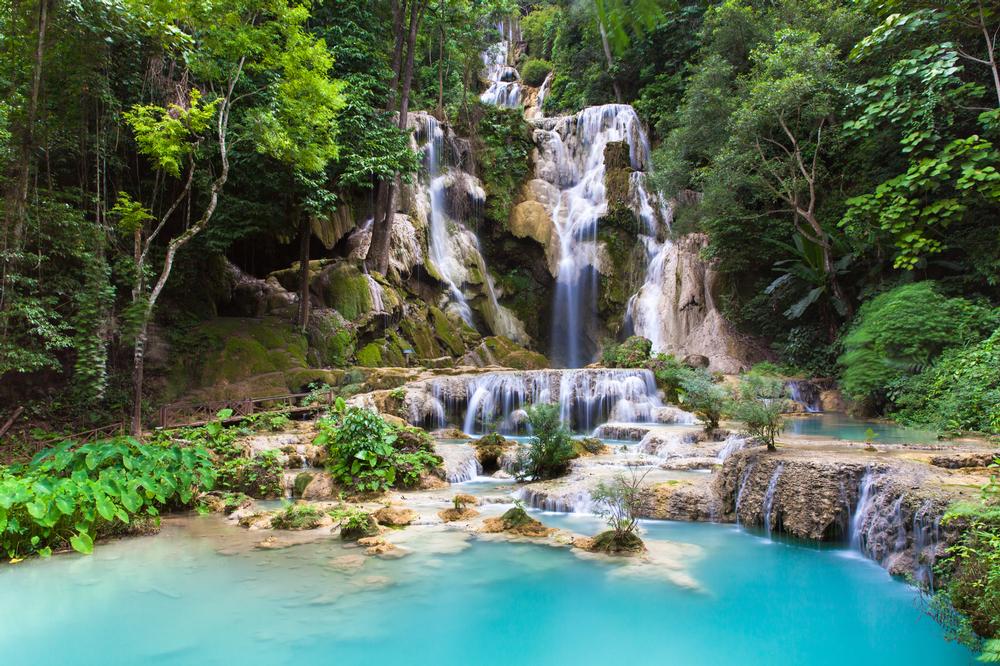
© Courtesy of Elena Ermakova - Fotolia.com
Kuang Si Waterfalls are a popular destination for tourists visiting nearby Luang Prabang, which is about 20 miles north of the jungle where this beautiful waterfall complex is located. A rental car or a local guide can bring visitors to the falls, which cascade down three tiers of rocks and small pools before once again becoming part of the jungle river below. Near the bottom of the falls, the pools become larger and are a great spot for a swim or just for dipping the feet as a relief from the oppressive jungle heat.
⮕ Discover Laos' History and Culture at the Lao National Museum
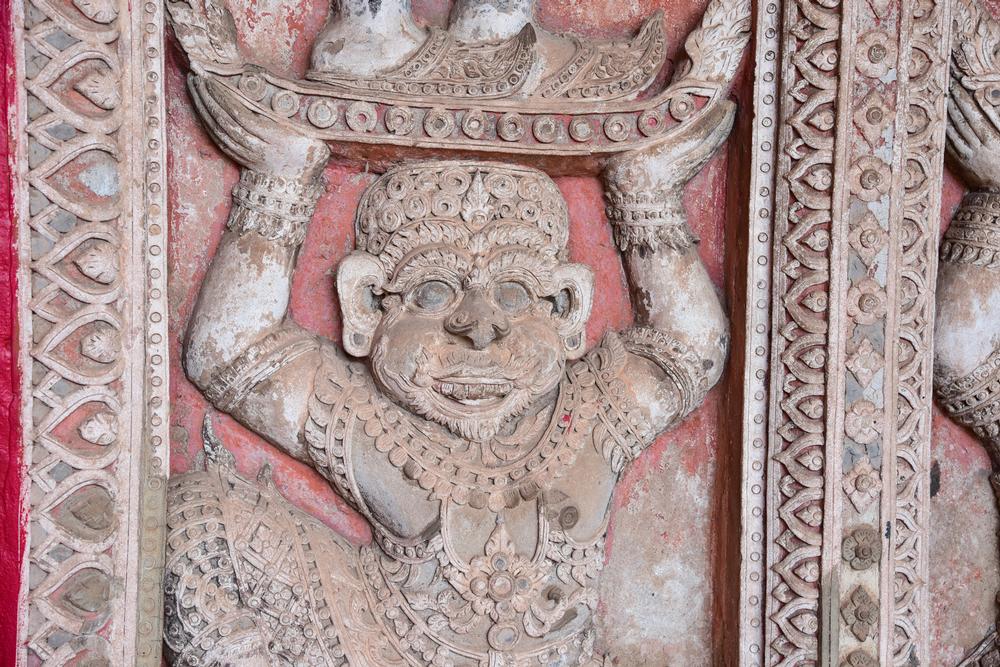
© Courtesy of panithi33 - Fotolia.com
Lao National Museum in Vientiane is located within an old French colonial building that is as much part of history as the exhibits inside it. Visitors will find a wide and varied collection of artifacts from Laos throughout history, from Khmer sculptures to dinosaur bones that have been found within the region. The ground floor is dedicated to more ancient items and contains an eclectic mix, whereas the upper floor is more detailed, focused on the French colonial period, the presence of American troops during the Vietnam War, and the onset of revolution and communism in the 20th century.
⮕ Wander Temples and Traditions in Luang Prabang
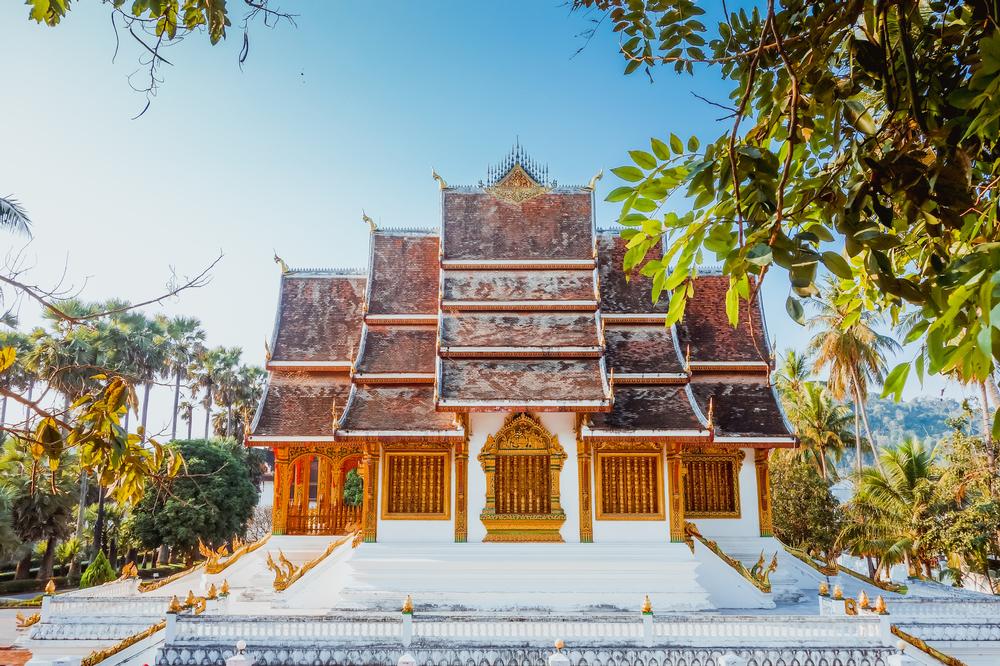
© Courtesy of qojoo - Fotolia.com
Luang-Prabang has a history of human civilization dating back thousands of years, and this small town, surrounded by mountains, waterfalls, and rivers, is a UNESCO World Heritage Site. It’s the most popular destination in the city for tourists, and compared to the rest of the country, Luang-Prabang is very affluent and thriving. Until the 16th century, Luang-Prabang was the capital of the ancient kingdom of Lan Xang. The ancient temples, the French architecture, and the stunning beauty of the surrounding nature mark Luang-Prabang as one of the premier destinations for experiencing and learning about Laotian culture and history.
⮕ Hike to Sunset Views from Mount Phousi
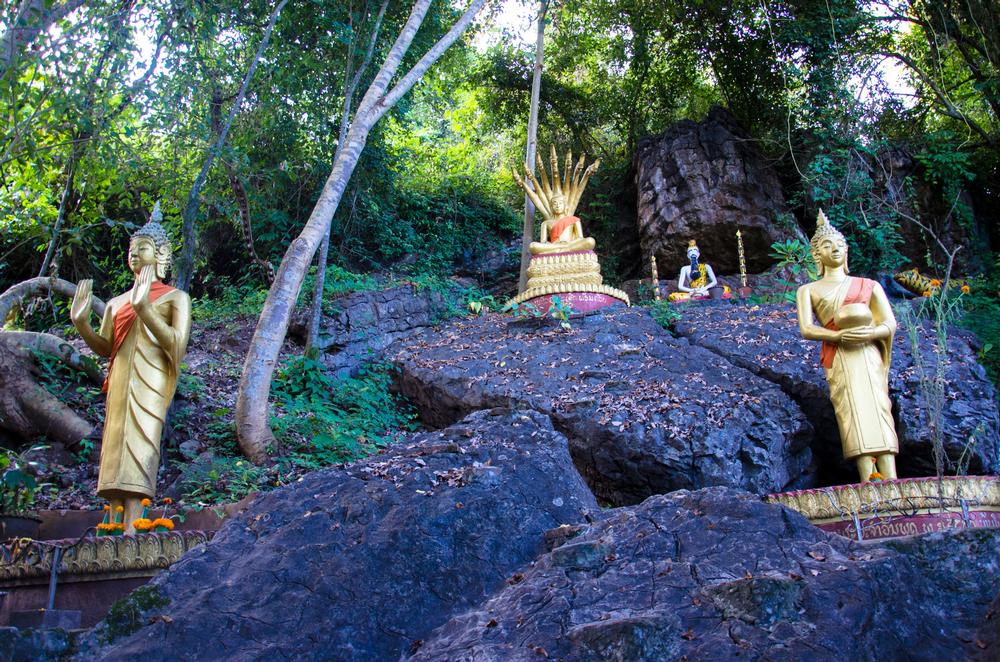
© Courtesy of Arnaud - Fotolia.com
Rising over 300 feet above the town of Luang-Prabang, Mount Phousi is a large hill that creates a distinctive part of the skyline in the center of this city. Reaching the top is a matter of climbing 355 steps, but they are gentle enough that this journey can be undertaken by anyone who is reasonably fit, or willing to take lots of breaks. At the top, visitors will be greeted by a stunning 360-degree view of Luang-Prabang and the surrounding natural countryside, especially at sunrise or sunset. Several vendors at the top sell flowers and caged birds, and a legend tells that releasing a bird at the top of the hill will bring good luck and happiness.
⮕ See Sustainable Craftsmanship at an Organic Silk Farm
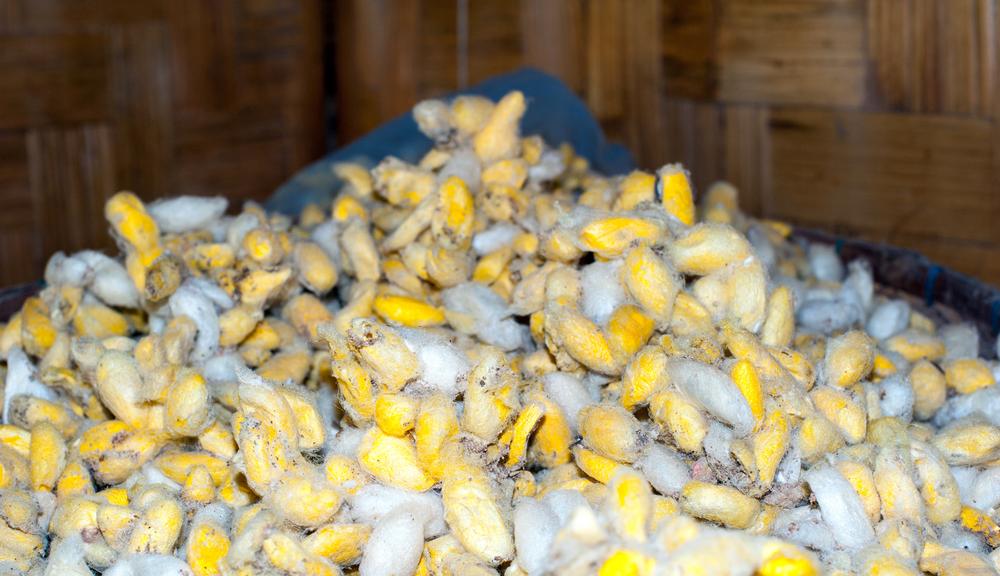
© Courtesy of Banana Republic - Fotolia.com
The Xieng Khouang province has been famous for the creation of fine Laotian silk for centuries. Mulberries Organic Silk Farm is a nonprofit fair trade company that works hard to preserve the disappearing art of traditional Laotian silk weaving, while creating jobs and income for local families in the area. Visitors to the farm can take a tour to learn all about the organic mulberry trees, the leaves of which are then used as food for silkworms. Spinning, reeling, dyeing, and weaving are all done on the farm property and by villagers in their own homes, and the final results are some truly beautiful silks, dyed with natural ingredients like indigo and jackfruit, which are sold in the farm’s gift shop.
⮕ Marvel at Sacred Shrines Inside the Pak Ou Caves
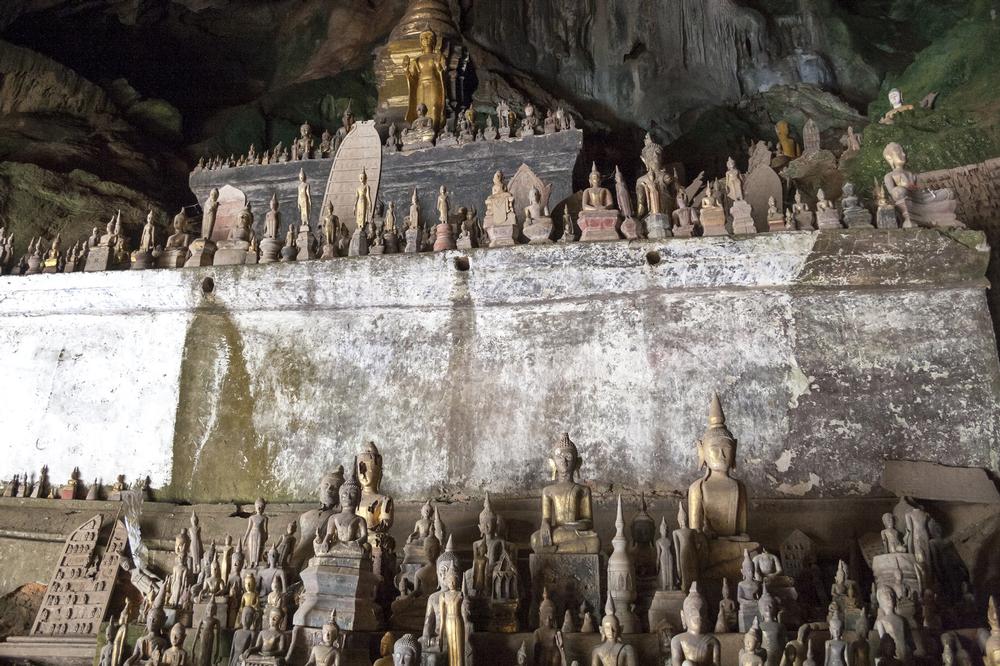
© Courtesy of tella0303 - Fotolia.com
The Mekong River is one of the longest rivers in the world, and it runs through Laos surrounded by tall limestone cliffs. Near the ancient town of Luang-Prabang, the Pak Ou Caves
are accessible by a short ferry ride. Visitors to the caves will find a long white staircase that zigzags from the water’s edge into the cavern, and inside, a collection of thousands of Buddha statues. The statues come in all different sizes and all different conditions, some with missing hands or facial features, some made of stone and others made of various metals. The result is an eerie and fascinating collection of figures. A visit to the Pak Ou Caves can be easily combined with a visit to the Lao Lao whiskey village, and several ferries will take visitors to both destinations.
⮕ Use Pakse as Your Gateway to Southern Laos Adventures
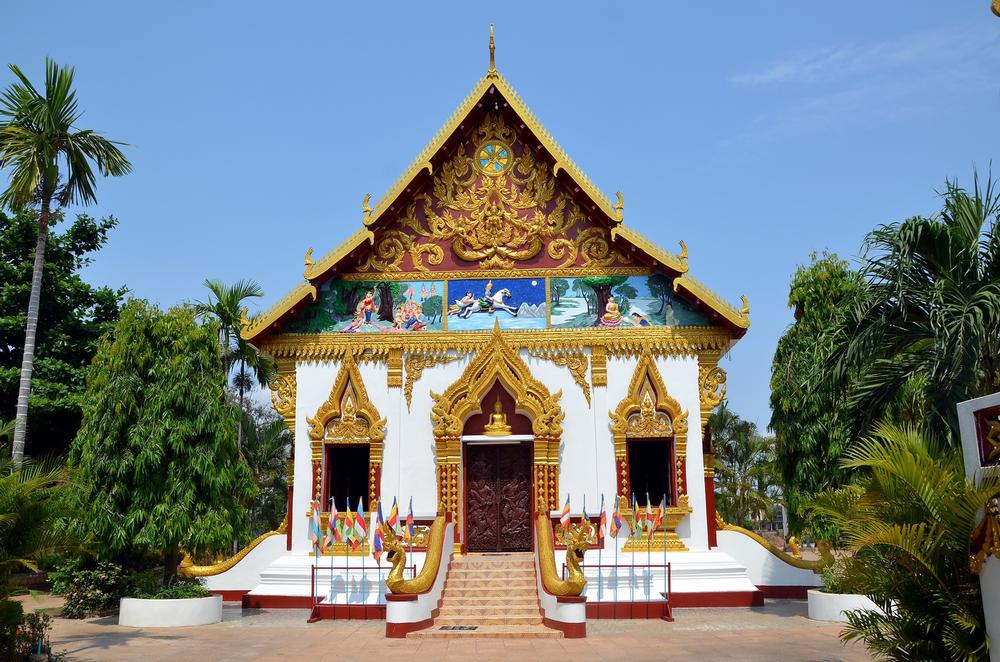
© Courtesy of svglass - Fotolia.com
Located in southern Laos, at the point of convergence of the Mekong and Xe Don rivers, the city of Pakse is the capital of the Champasak province and contains lots of beautiful French colonial architecture. Visitors to Pakse can visit several lavish Buddhist temples and explore the history of the region at the Champasak Historical Heritage Museum, where they will find examples of jewelry, musical instruments, clothing, and other pieces of Laotian cultural history. Mount Phou Asa, which rises near the city, provides beautiful sights of the surrounding valleys and is accessible by way of an elephant ride.
If you are a first time visitor:
- Luang Prabang Old Town – UNESCO World Heritage site filled with golden temples, colonial buildings, and vibrant night markets.
- Kuang Si Falls – Stunning multi-tiered waterfalls near Luang Prabang, great for swimming and picnicking.
- Vang Vieng – Adventure capital of Laos known for kayaking, tubing, hiking, and hot air ballooning amid limestone cliffs.
- Plain of Jars – Mysterious megalithic stone jars scattered across the highlands near Phonsavan.
- Pha That Luang (Vientiane) – The country’s most important national monument, a gold-covered Buddhist stupa.
Where to Eat
- Tamarind (Luang Prabang) – Delicious introduction to Lao cuisine with cooking classes and riverside dining.
- Makphet Restaurant (Vientiane) – Social enterprise serving flavorful Lao fusion dishes while supporting local youth.
- Utopia (Luang Prabang) – Relaxed café and bar with yoga classes, great food, and sunset views over the Nam Khan River.
If you are interested in local events:
- Pi Mai (Lao New Year) (mid-April) – A water-filled celebration with parades, cultural rituals, and nationwide fun.
- Boun That Luang (November) – Grand festival in Vientiane honoring the country’s sacred stupa with candlelight processions and festivities.
- Boat Racing Festival (September–October) – Held along rivers like the Mekong, featuring colorful longboat races and local markets.
If you are looking for unique day trips within 30 Minutes to 2 Hours in Laos:
- Pak Ou Caves (2 hr from Luang Prabang by boat) – Sacred limestone caves filled with thousands of Buddha images.
- Muang Ngoi (1.5–2 hr by boat from Nong Khiaw) – Laid-back riverside village ideal for hiking and unplugging.
- Elephant Conservation Center (Sayaboury) (2 hr) – Spend a day learning about elephant care and Laos’ conservation efforts.
- Buddha Park (Xieng Khuan) (45 min from Vientiane) – Quirky sculpture park filled with Hindu and Buddhist iconography.
- Ban Phanom Village (20 min from Luang Prabang) – Traditional weaving village where you can watch silk being made.
- Nam Ngum Lake (1.5 hr from Vientiane) – Scenic reservoir with boat tours, fishing, and floating restaurants.
- Tham Chang Cave (15 min from Vang Vieng) – Walk across a footbridge to reach this cool cave with panoramic views.
- Ban Na Hin (gateway to Kong Lor Cave, 2 hr) – Rural village near one of the country’s most dramatic river caves.
- That Dam (Black Stupa) (10 min from central Vientiane) – Local legend surrounds this ancient stupa in the capital city.
FAQ
-
Question: What makes traveling to Laos a unique experience?
-
Answer: Traveling to Laos is like stepping out of time itself, into a place where even the capital city maintains a sleepy, rural vibe, and everything from the rice fields to the waterfalls looks like a scene from an exotic movie.
-
Question: Why is Laos considered an off-the-beaten-path destination?
-
Answer: It’s a destination that is truly off the beaten path, and travelers will love what they find in Laos.
At a Glance
| Best Time to Visit |
Budget-Friendly Places to Stay |
Tips for Exploring |
| Spring (March-May) – Hot temperatures, ideal for cultural sites. |
Vientiane Star Hotel (Vientiane) – Affordable and centrally located. |
Visit That Luang Stupa – The most important national monument in Laos. |
| Summer (June-August) – Rainy season, lush landscapes, and fewer crowds. |
Downtown Backpackers Hostel (Luang Prabang) – Budget-friendly with free breakfast. |
Explore Kuang Si Falls – Stunning waterfalls with turquoise pools. |
| Fall (September-November) – Cool weather and best for outdoor adventures. |
Vang Vieng Rock Backpackers Hostel (Vang Vieng) – Affordable with a great social vibe. |
Try tubing on the Nam Song River – A popular and scenic activity. |
| Winter (December-February) – Dry season, best time for sightseeing. |
Sunset Guesthouse (Pakse) – Budget stay with Mekong River views. |
Visit the 4000 Islands (Si Phan Don) – Relax in one of Laos’ most beautiful regions. |
Plan Your Trip
Table of Contents:


